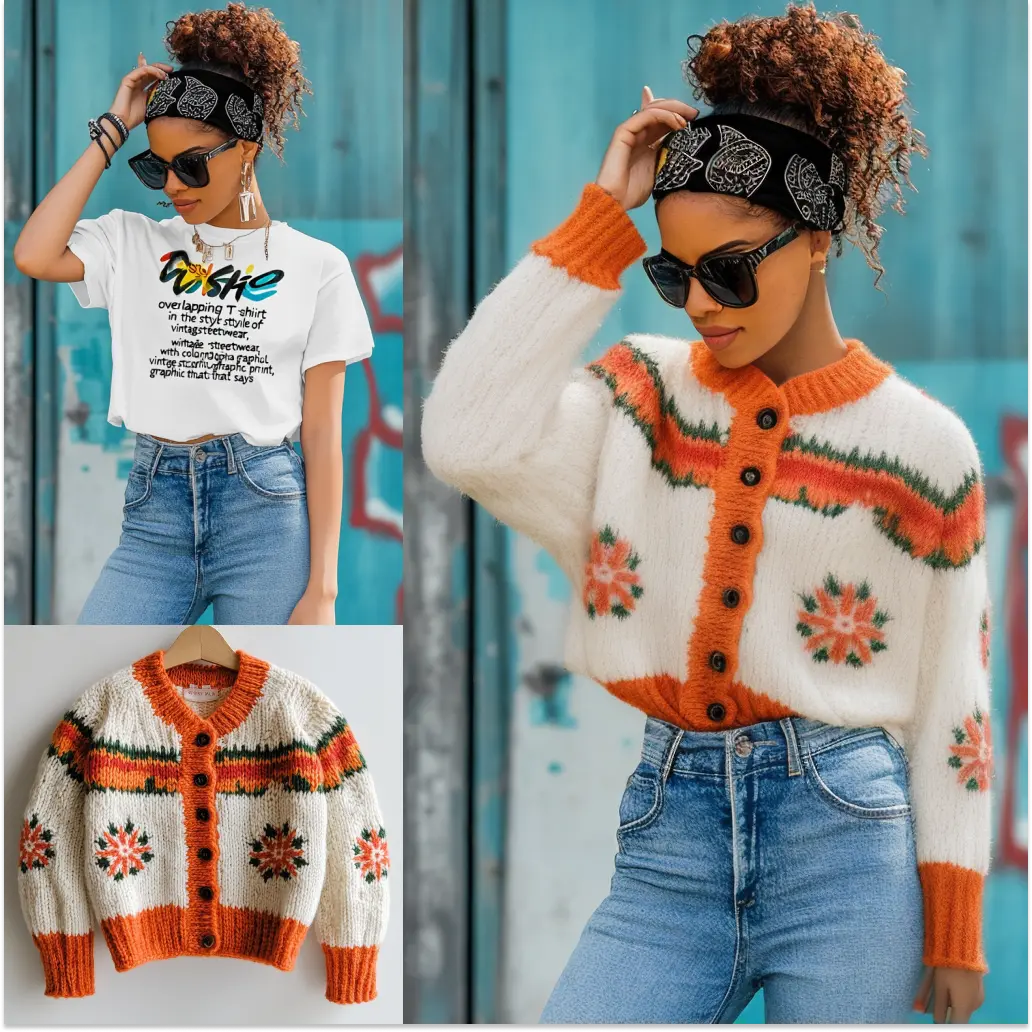ComfyUI Node: Raster to Vector (SVG)
ConvertRasterToVector
Category💎TOSVG
Yanick112 (Account age: 844days)Extension
ComfyUI-ToSVGLatest Updated
2024-06-14Github Stars
0.02K
How to Install ComfyUI-ToSVG
Install this extension via the ComfyUI Manager by searching for ComfyUI-ToSVG- 1. Click the Manager button in the main menu
- 2. Select Custom Nodes Manager button
- 3. Enter ComfyUI-ToSVG in the search bar
Visit ComfyUI Online for ready-to-use ComfyUI environment
- Free trial available
- High-speed GPU machines
- 200+ preloaded models/nodes
- Freedom to upload custom models/nodes
- 50+ ready-to-run workflows
- 100% private workspace with up to 200GB storage
- Dedicated Support
Raster to Vector (SVG) Description
Transform raster images into SVG vector graphics for high-quality, scalable artwork creation.
Raster to Vector (SVG):
The ConvertRasterToVector node is designed to transform raster images into vector graphics in SVG format. This conversion process is particularly beneficial for AI artists who want to scale images without losing quality, as vector graphics are resolution-independent. The node leverages advanced algorithms to trace the pixel data of raster images and convert them into scalable vector paths. This allows for more flexible and high-quality image manipulation, making it an essential tool for creating detailed and scalable artwork from raster images.
Raster to Vector (SVG) Input Parameters:
image
This parameter accepts the raster image that you want to convert to a vector format. The image should be in a format that can be processed by the node, typically an IMAGE type.
colormode
Determines the color mode for the vector conversion. Options are color and binary, with the default being color. The color mode retains the original colors of the image, while binary converts the image to black and white.
hierarchical
Specifies the hierarchical structure of the vector paths. Options are stacked and cutout, with the default being stacked. Stacked mode layers the paths on top of each other, while cutout mode creates a cutout effect.
mode
Defines the type of paths to be used in the vector graphic. Options are spline, polygon, and none, with the default being spline. Spline creates smooth curves, polygon creates straight-edged shapes, and none disables path smoothing.
filter_speckle
An integer value that filters out small speckles in the image. The default is 4, with a range from 0 to 100. Higher values will remove more speckles, which can help clean up the vector output.
color_precision
An integer value that sets the precision of color matching in the vector graphic. The default is 6, with a range from 0 to 10. Higher values result in more accurate color representation.
layer_difference
An integer value that determines the difference in color layers. The default is 16, with a range from 0 to 256. This affects how distinct the color layers are in the vector graphic.
corner_threshold
An integer value that sets the threshold for detecting corners in the image. The default is 60, with a range from 0 to 180. Lower values will detect more corners, resulting in more detailed vector paths.
length_threshold
A float value that sets the minimum length for a path segment. The default is 4.0, with a range from 0.0 to 10.0. Shorter lengths will create more detailed paths.
max_iterations
An integer value that sets the maximum number of iterations for the vectorization process. The default is 10, with a range from 1 to 70. More iterations can result in a more accurate vector graphic.
splice_threshold
An integer value that sets the threshold for splicing paths together. The default is 45, with a range from 0 to 180. Lower values will splice more paths together, simplifying the vector graphic.
path_precision
An integer value that sets the precision of the paths in the vector graphic. The default is 3, with a range from 0 to 10. Higher values result in more precise paths.
Raster to Vector (SVG) Output Parameters:
LIST
The output is a list of SVG strings, each representing a vectorized version of the input raster image. These SVG strings can be used in various applications that support SVG format, allowing for scalable and high-quality image rendering.
Raster to Vector (SVG) Usage Tips:
- For detailed images, increase the
max_iterationsandpath_precisionto capture more intricate details. - Use the
filter_speckleparameter to clean up noisy images before vectorization. - Experiment with
colormodeandhierarchicalsettings to achieve different artistic effects in your vector graphics.
Raster to Vector (SVG) Common Errors and Solutions:
"Invalid image format"
- Explanation: The input image is not in a supported format.
- Solution: Ensure the image is in a format that the node can process, such as PNG or JPEG.
"Out of memory"
- Explanation: The image is too large to be processed with the current system memory.
- Solution: Reduce the image size or resolution before processing.
"Conversion failed"
- Explanation: An error occurred during the vectorization process.
- Solution: Check the input parameters for any invalid values and try again. Adjusting parameters like
max_iterationsandpath_precisionmay also help.
Raster to Vector (SVG) Related Nodes
© Copyright 2024 RunComfy. All Rights Reserved.
RunComfy is the premier ComfyUI platform, offering ComfyUI online environment and services, along with ComfyUI workflows featuring stunning visuals. RunComfy also provides AI Playground, enabling artists to harness the latest AI tools to create incredible art.



